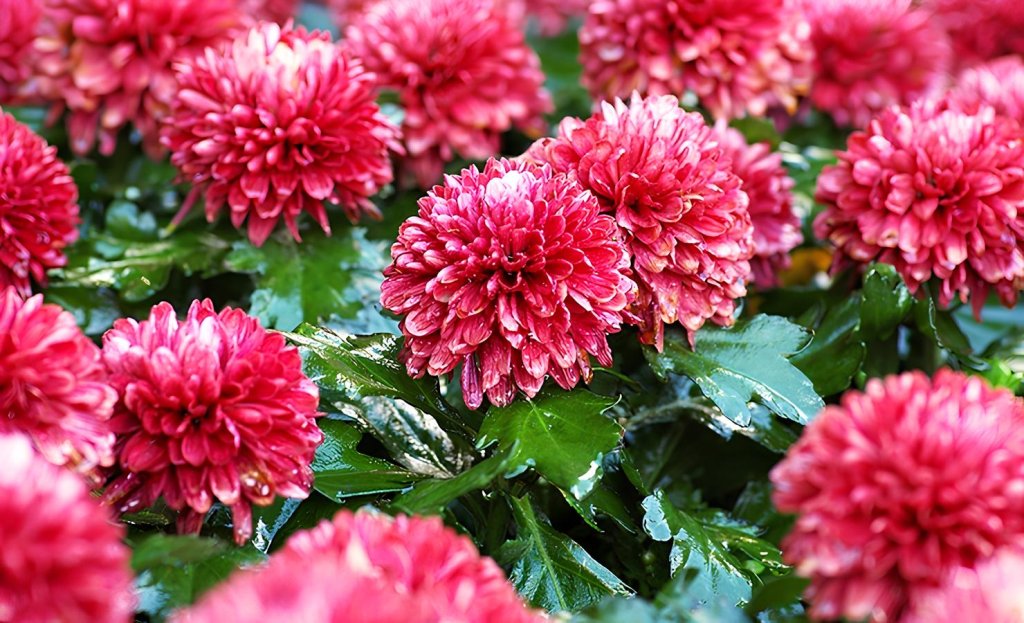Annoying fleas cause problems everywhere. Do you also face this problem in your yard? Because these small insects can make your outdoor space less enjoyable for you. Fleas may be small, but they can be a big problem. They can bite your pets and even you, causing itching and discomfort. They can multiply rapidly, turning a minor issue into a major problem.
We’ll see some practical and effective methods to achieve a flea-free yard. You should have the knowledge and tools to reclaim your outdoor space and enjoy it without those fleas. Because getting rid of these fleas will make your life much easier, and you will love it that way.
Let’s get started on how to have a flea-free yard.
1. Bug Spray Treatment
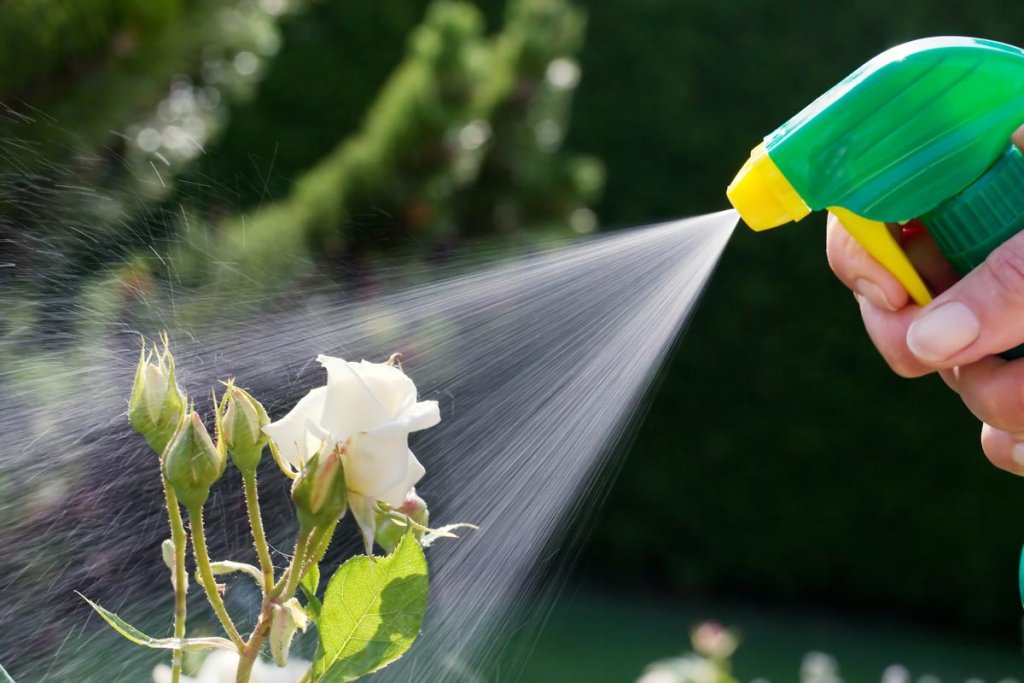
Bug sprays, specifically designed to combat fleas, can be a valuable addition to your pest control arsenal. These insecticides are made to target fleas, effectively reducing their population in your yard. When applying bug spray. It’s important to follow the instructions properly. Ensure even distribution across your yard, covering all potentially infested areas. It’s recommended to keep your pets indoors during the application process and allow the treatment to dry thoroughly before letting them back outside.
2. Use Plants to Repel Flea

Using the natural repellent properties of certain plants is a strategic and eco-friendly way to keep fleas away. Cedar trees, Fleabane daisies, Citronella, Catnip, Lavender, Eucalyptus, and Rosemary are all excellent choices. By planting these flea-repelling plants around your yard, you create a natural barrier that blocks fleas from coming. These plants release scents that fleas find bad, making your yard a less hospitable environment for these pests.
3. Cedar Mulch Repellent
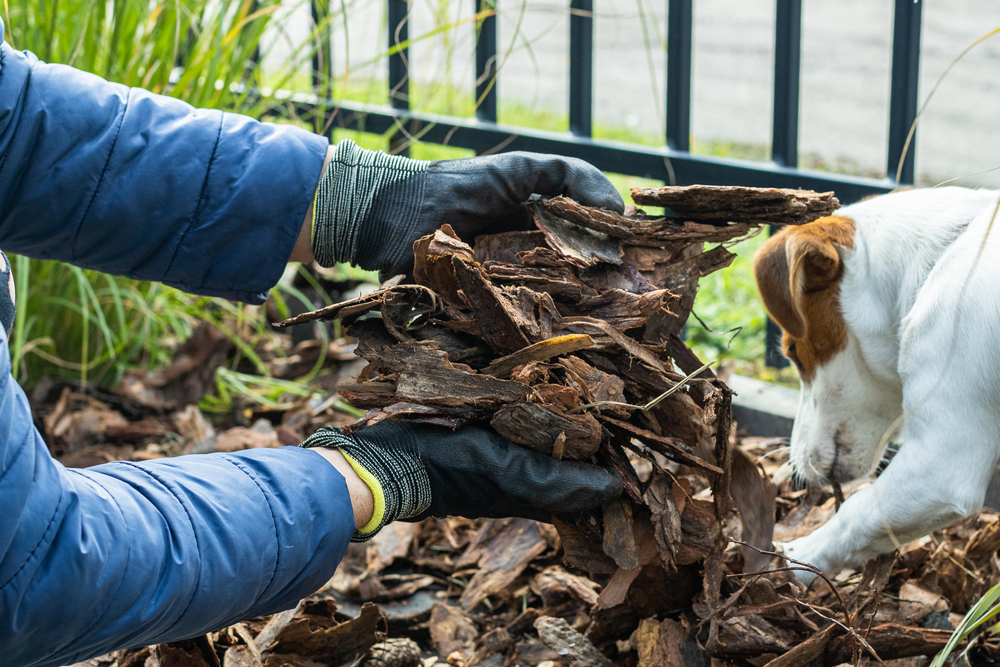
Cedar mulch is a good thing to keep the fleas away. Its different fragrance scent acts as a natural deterrent, not only for fleas but for a range of other insects as well. Spreading cedar mulch around your yard creates an environment that fleas find inhospitable. This simple yet effective step significantly reduces the likelihood of flea infestations, helping to maintain a flea-free yard.
4. Flea Attractions in Your Yard
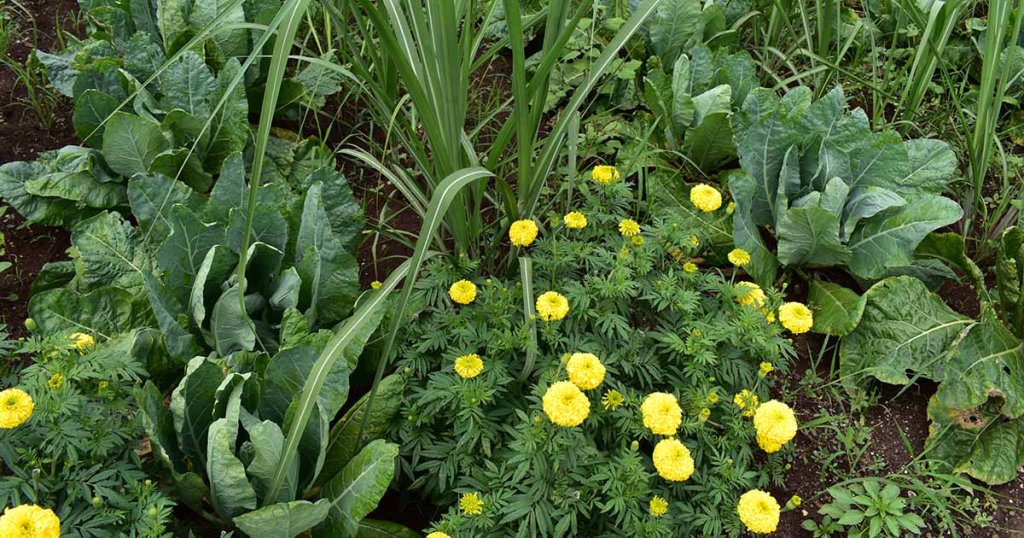
Understanding what draws fleas to your yard is a crucial aspect of effective flea control. Fleas are primarily attracted to three key elements: animals they feed on, still water sources, and overgrown vegetation. To reduce this, take necessary measures. Regularly trim and maintain your yard to reduce hiding spots for fleas. Identify any sources of standing water, such as puddles or pools, to decrease fleas of an important resource.
5. Where to Plant Flea-Repelling Greenery
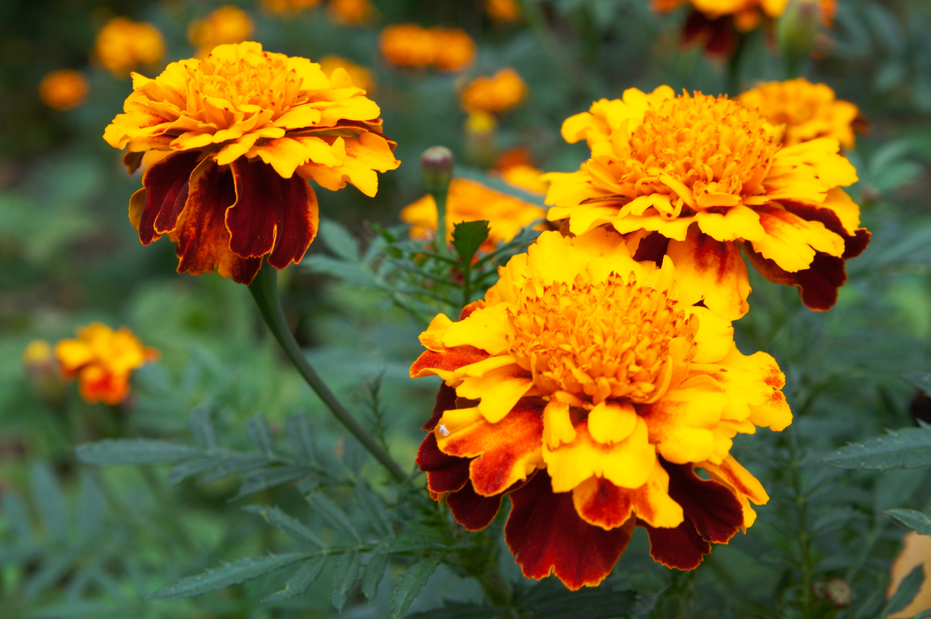
Incorporating natural flea repellents for gardens around your property is crucial to an effective flea management plan. Positioning these plants thoughtfully can safeguard your outdoor spaces from infestations. Consider windowboxes, pathways, ceramic pots on your porch, areas around your home’s perimeter, and any locations frequented by your pets. You will surely get rid of fleas by putting these natural things in areas where fleas come.
6. Flea-Repelling Plants
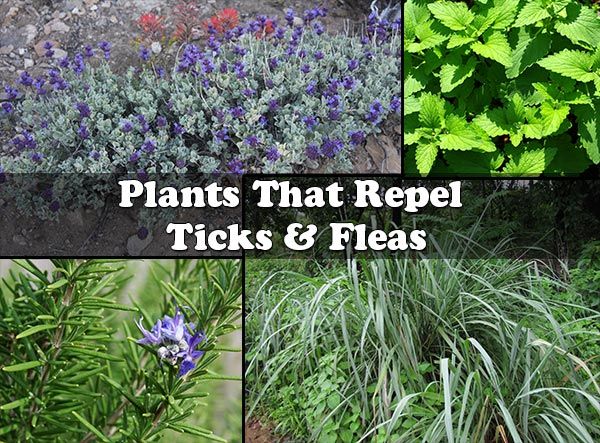
Cedar trees, Fleabane daisies, Citronella, Catnip, Lavender, Eucalyptus, and Rosemary are nature’s own flea repellents. Their scents create an environment that fleas find hard to face. By using these plants in your yard, you create a natural defense against flea groups. These plants not only improve the look of your outdoor space but also contribute to a healthier, more comfortable environment for both you and your pets.
7. Lawn Care for Flea-Free Yard
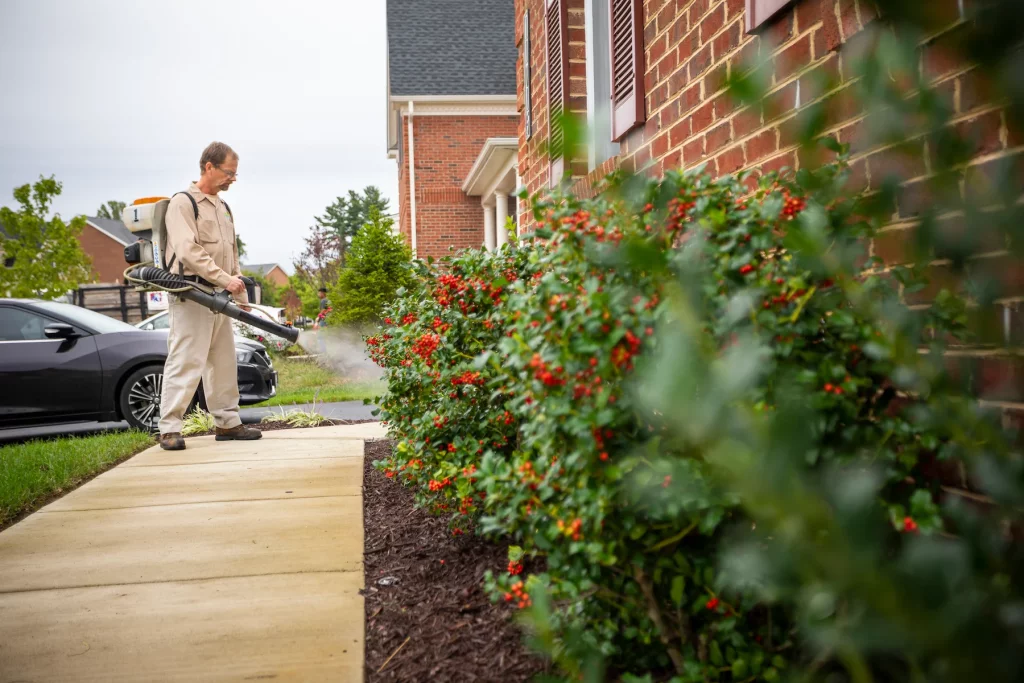
Proper lawn maintenance is important for a flea-free yard. Regular mowing, trimming, and removing excess vegetation by reducing hiding spots for fleas. It is important to take care of your lawn to keep it flea-free. By keeping your lawn well-groomed, you create an environment that is less attractive to fleas, contributing to a more comfortable outdoor space.
8. Eliminate Standing Water

Standing water is a home for fleas, providing them with an important resource. It’s easy to identify and address any sources of still water in your yard. This could include puddles, poorly drained areas, or even leaking outdoor fixtures. By eliminating these water sources, you disable the main part of their life, making your yard a less favorable place for these pests.
9. Diatomaceous Earth Use
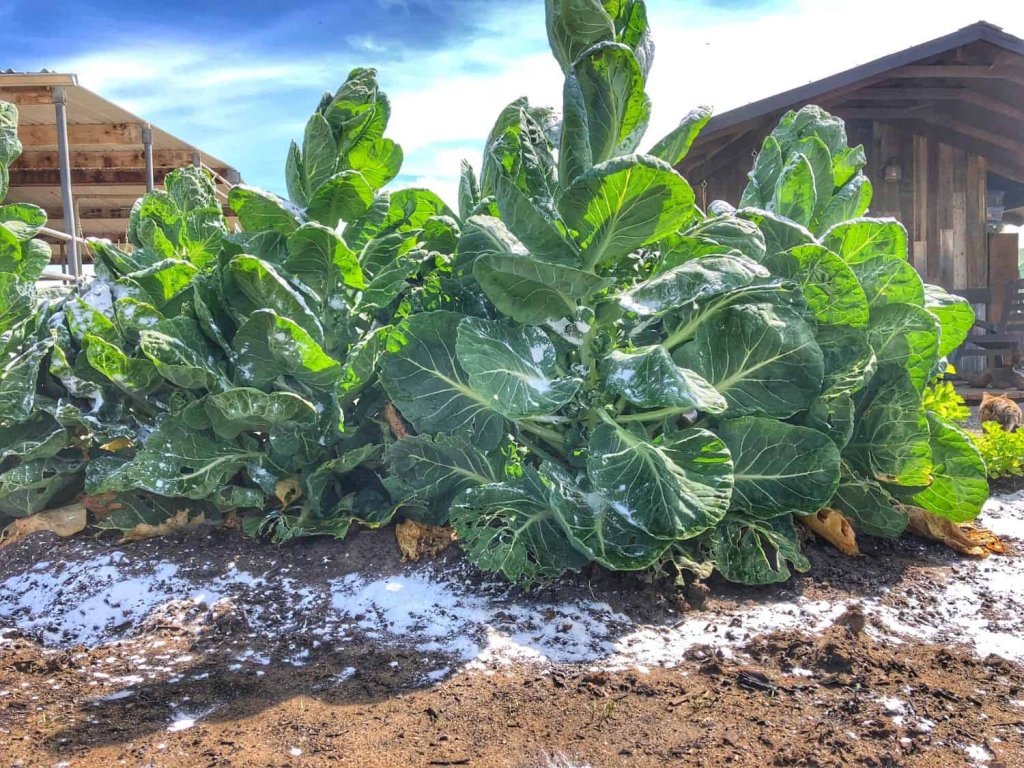
Diatomaceous earth, often called DE, is a potent and natural insect killer. It’s non-toxic to humans and pets, making it a safe choice for flea control. When applied to your yard, DE dehydrates fleas, effectively eliminating them. Its effectiveness is unmatched, and fleas cannot develop immunity to it. Ensure paying special attention to areas where fleas may be more concentrated.
10. Call an Expert for Help
Hey Siri KTM bike it, Suman Bhai Siri, my percentage saving Kar Gaya new Tusi Ga Save near
In cases of severe problems or if your efforts are not working, then getting professional assistance is a very fine decision. Pest control experts have the knowledge, experience, and specialized tools needed to face even the most hard flea problems. They can provide targeted treatments and offer valuable advice on maintaining a flea-free yard in the long term.
Conclusion
Keeping your yard free from fleas is about regular care and simple steps. You can make a big difference by mowing your lawn, removing excess water, and using natural solutions like diatomaceous earth.
Remember to choose plants that fleas don’t like and spread cedar mulch to keep them away. Taking care of your yard, especially around your home, is a key part of flea prevention. If things get tough, it’s okay to ask a professional for help. You’ll have a comfortable outdoor space for everyone to enjoy.
Keeping things clean and tidy is the best way to keep fleas away for good.

